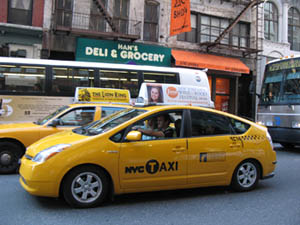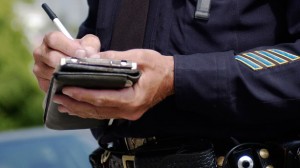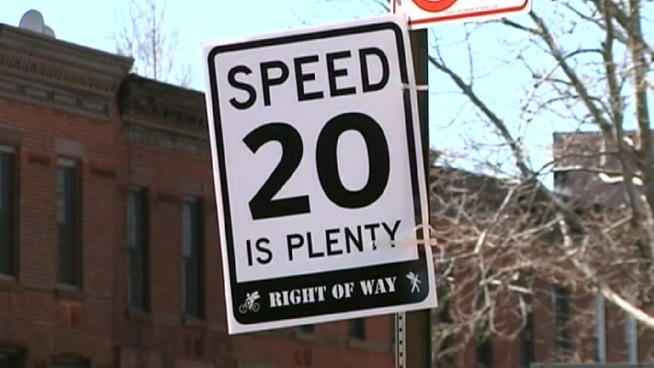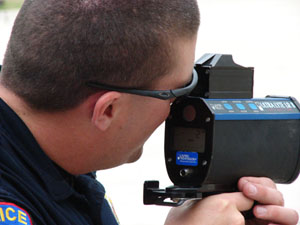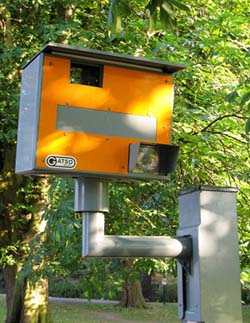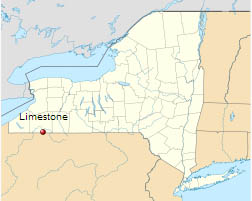As CBS News reports, New York City’s new car-mounted speeding cameras are popping up in neighborhoods across the city, issuing speeding summonses to drivers as they pass.
The speed cameras, mounted to the roofs of unmarked NYPD vehicles, appear as simple flashbulbs—but don’t be fooled. They are actually highly calibrated technology with each radar going through its own 26-point checklist prior to deployment.
Aimed at passing traffic, the radar is programmed to snap a picture of any vehicle going 11 or more miles above the posted speed limit. The photo is then uploaded to the NYPD database and the owner of the vehicle is sent a $50 summons in the mail.
A $50 summons is actually much better for the driver than if they had been pulled over by an NYPD officer. A standard speeding ticket can mean up to a $600 fine plus points on your license that can lead to a DMV assessment and even a driver’s license suspension.
While many New Yorkers see these cameras as a quick and easy revenue generator for the city, Department of Transportation Commissioner Polly Trottenberg argues otherwise. “We are really not trying to engage in ‘gotcha,’ and we’re really not trying to do this as a revenue-raising exercise,” Trottenberg stated. “And one thing that I say is if the drivers of New York slow down, obey the speed limit, and stop running red lights—and the city collects no revenue—I’ll consider it a victory.”
Driver safety has been a platform of Mayor DeBlasio’s administration since he’s taken office. His Vision Zero plan to eliminate traffic deaths by the year 2024 has meant a slew of recent ticket blitzes. Increased speed enforcement in school zones and work zones has also been a focus.
To date, the city’s six speed camera cars have issued nearly 70,000 tickets.
